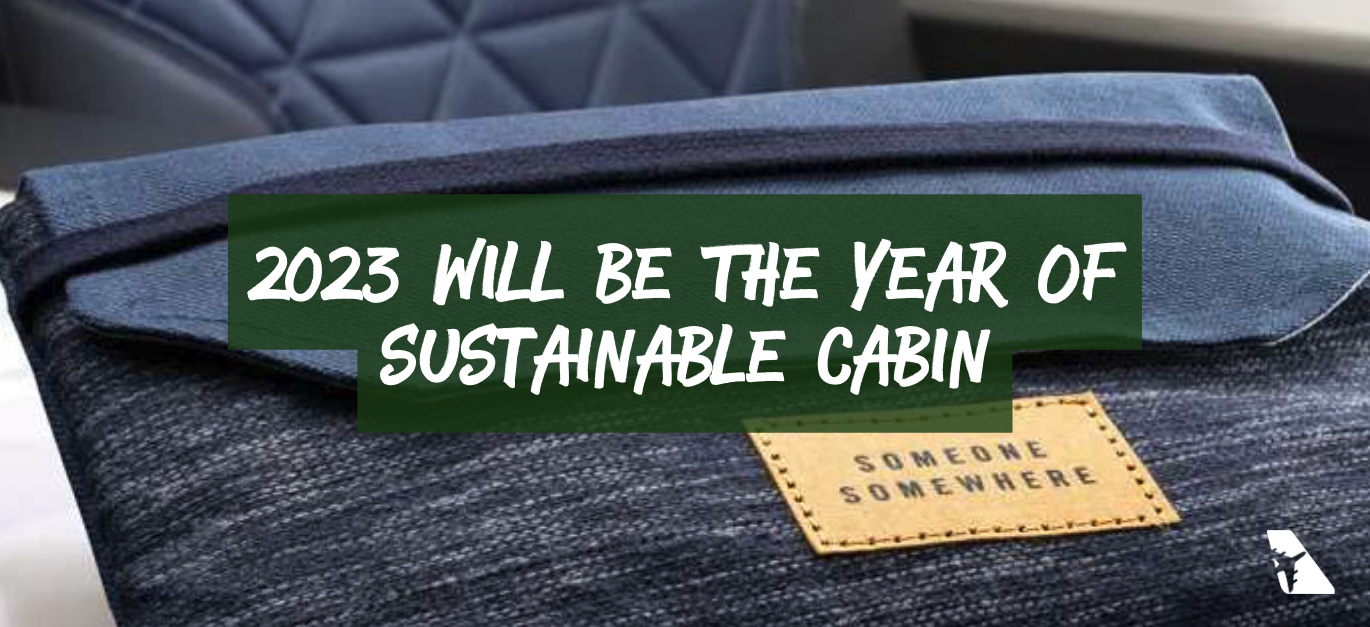ARTICLE
Holly Boyd-Boland, VP Corporate Development & Sustainab ...

Our new Sustainable Aviation 2023 Trends report looks at how and why the battle for climate action is expected to grow more heated this year and what visionary executives can do to stay ahead. Download the full report here.
A passenger can’t tell the difference between a flight operated with Sustainable Aviation Fuel (SAF) or normal fuels. But s/he does notice what goes on in the cabin.
When an airline like Alaska Airlines substitutes plastic bottles for boxed water, it’s immediately visible.
In 2023 we expect to see more of a focus on this area, and here is why:
Different countries have been penalising the use of single-use plastics. For example, France has initiated what’s been called a “fast food revolution” by banning single-use plastic restaurant tableware. Airlines will follow suit and increasingly phase out single-use plastics.
Also, expect to see sustainability become a significant factor in amenity kits, an area we covered in one of our earlier articles. The industry is already considering introducing green supplier ratings (such as the one by APEX/IFSA), which is likely to give in-cabin sustainability a boost.
The other element of in-cabin sustainability relates to airline seats. This was a topic covered in the Sustainability in the Air podcast when SimpliFlying CEO Shashank Nigam spoke to Dr Mark Hiller, the CEO of Recaro Aircraft Seating. Lighter seats can save CO2, and materials such as E-Leather are increasingly being used in their manufacture.
Subscribe to our weekly Sustainability In The Air newsletter and receive our in-depth analysis and updates on all things aviation sustainability straight into your inbox.
© 2022 SimpliFlying Pte. Ltd.